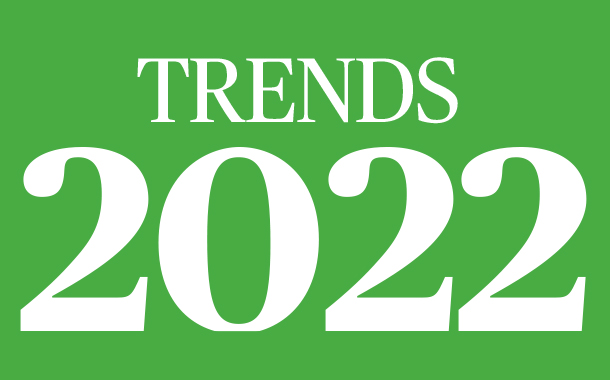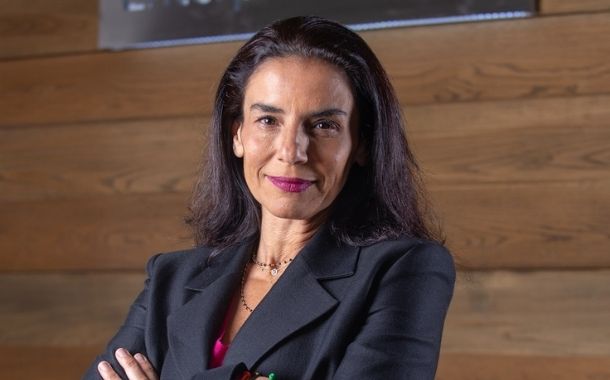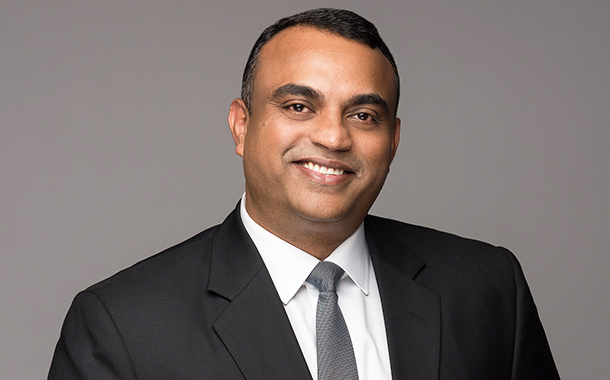Businesses have been made fully aware of how crucial digital transformation is to their future success and are looking to invest in IT services, support and solutions that match their new needs – distributed workforces, agile IT and all things cloud.
Network simplification is even more crucial since the pandemic has shrunk many businesses budgets
Channel partners who can tap into these trends and offer guidance, services, and solutions, will be the ones to succeed within this rapidly changing IT landscape.
Here’s our pick of the top three trends driving market demand in 2022:
#1 Network simplification
In 2022, IT teams will need to focus on network simplification, and channel partners can get a step ahead by offering a unified network operating system. A unified infrastructure, centrally managed via a single point of control, will help IT teams to effectively manage distributed network environments, while also delivering a high-quality user experience within a single architecture.
Network simplification is even more crucial since the pandemic has shrunk many business budgets making it crucial for IT teams to have capacity to manage distributed environments without damaging wider operations. By offering a unified infrastructure, channel partners can provide customers with new levels of operational simplicity so that IT teams can redirect precious resources to more business-critical areas.
#2 Cloud transition support
There is no doubt that the outlook for 2022 is for plenty of cloud. Recent Aruba research found that 83% of IT decision makers were looking to increase their investments in cloud-based networking over the next 12 months and data from Canalys reveals that the channel helped fuel a 33% increase in cloud spend in 2020.
There is no doubt that the outlook for 2022 is for plenty of cloud
Upgrading to the cloud is a complex journey and there is opportunity for channel partners to step in with new product offerings – and it’s important to understand the deep need that customers have for trusted advisors to help them with this transition. The process can be overwhelming – particularly if customers don’t have the skills to understand the benefits of the cloud or whether it’s more cost-effective for them to deploy a hybrid cloud model.
#3 Flexible subscription models
The rapid uptake of cloud technologies has prompted a widespread re-think of IT consumption models and we have now moved from hardware-driven revenue to a software-first market – essentially a SaaS-based economy. In 2022, we can expect to see heightened demand for flexible subscription models.
Recent research from Aruba found that customers are becoming more open to exploring flexible models of consumption. Only 8% of IT decision-makers said they would continue with solely Capex investments in light of the pandemic, compared to 55% who said they would look at SaaS models.
In 2022, we can expect to see heightened demand for flexible subscription models
With many key services such as deployment and decommissioning included in subscription offerings, these models give IT staff more time to carry out the more complex, value-add business tasks. It is vital that channel partners broaden their own offerings to reflect this new demand.
A unified infrastructure, centrally managed via a single point of control, will help channel teams to effectively manage distributed network environments.




















